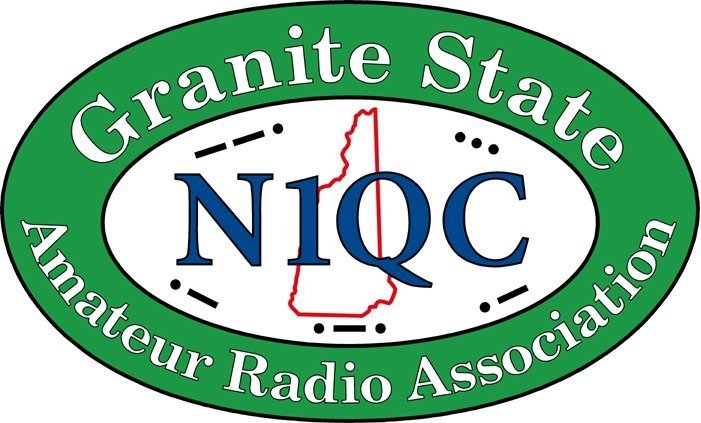Now that you’re a new Technician…
It's common for people studying for their ham radio Technician license exam to become very focused on learning the material and passing the FCC exam. Once they receive the good news from the Volunteer Examiner that they have passed, the excitement of success takes over! However, this often leads to the question,
"What do I do now that I have my license?"
The best approach to this question is to explore and follow something that captures your interest. For some new ham enthusiasts, this task is simple as they can recall what sparked their fascination with ham radio and pursue that direction. However, some individuals may have a general inclination towards ham radio, yet they may not be aware of where or how to start.
Whether you are interested in a specific mode or area, your first step should be to connect with our local club or online community. If you have any inquiries regarding our club or amateur radio, do not hesitate to contact us through our "Contact Us" page. We are always ready to provide you with the information you need.
-
If you want to connect with the amateur radio community in your area, try using VHF/UHF repeaters. Our club maintains a VHF Repeater in the Bedford area with good coverage. You can program your radio to 146.685 with PL100 and try PTT up the repeater. You can put your call out and ask for a radio check, and someone from the club/area will say hello!
-
Communicating with the International Space Station (ISS) via the 2m and 70 cm bands can be an enthralling experience. Notably, the ISS comes equipped with a ham radio station, and several of its astronauts hold amateur radio licenses. Although the station is mainly used for educational outreach, the astronauts may sporadically engage in contact during their leisure time. Moreover, the ISS commonly broadcasts a packet radio station, which allows hams on Earth to connect through the station. Attempting to track the ISS and hear the packet station transmitting can be a stimulating challenge. However, it's worth remembering that the ISS orbits low Earth orbit (LEO) and remains overhead for approximately 10 minutes per pass.
-
Although I've mainly provided examples of VHF/UHF operating, it's important to note that having a Technician license gives you some valuable operating privileges on the High Frequency (HF) bands. Specifically, Techs have voice privileges on the 10-meter (28.3 to 28.5 MHz) band. This band can be an incredible worldwide DX band when the sunspots are active. With the right equipment, you can communicate with people from all around the world. To make this happen, you'll need a transceiver capable of SSB on the 10m band and a suitable antenna. Fortunately, the antenna does not have to be extravagant. A simple dipole or 1/4-wave vertical can work just fine.
-
Joining a club will be a very fast way to meet new people and learn about other areas of the hobby. There are many clubs that participate in Emergency Comms, POTA and Field Days.
-
If you like the outdoors and playing radio then POTA is a great way to meet new hams and get out and play with antennas, and radios and make contacts. Check out our POTA Page for more information.


